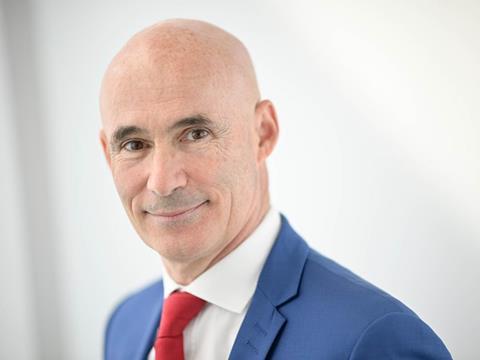
In June, Michael Giannuzzi was elected as the new President of FEVE, the industry group representing the European glass packaging industry. In a recent conversation with Giannuzzi, we discussed his ambitions for the new role – plus how he plans to confront the massive headwinds facing the glass packaging sector.
Congratulations on your new role as President of FEVE! Could you give us some background on your career up to now?
Thank you. I am truly honored to have been elected President of FEVE. It is a privilege to represent an industry that plays such a vital role in building a sustainable future for Europe and beyond.
I bring over 30 years of experience in leading global industrial companies. From 2017 to 2022, I have served as Chairman and CEO of Verallia, one of the world’s leading glass packaging manufacturers, and since 2022, I only Chair of the Board of Directors.
Prior to joining Verallia, I was Chairman of the Management Board of Tarkett from 2007 to 2017, a leading company in flooring and sports surfaces that I also led through an IPO in 2013. Earlier in my career, I held several executive positions at Michelin and Valeo, two major players in the mobility and industrial sectors. I am a graduate of École Polytechnique and Harvard Business School.
This broad industrial background has shaped my commitment to lead sustainable transformations and innovation - values that I will continue to promote in my role at FEVE.
Where is the European glass packaging industry at in 2025? What are the key growth areas, and what are the biggest strategic threats?
In 2025, the European glass packaging industry is a cornerstone of Europe’s industrial base. With over 160 manufacturing plants across 23 countries, we produce more than 20 million tons of endlessly recyclable glass each year, supporting 125,000 jobs and enabling over €140 billion in trade value. Growth is particularly strong in premium segments such as wine, spirits and gourmet food, where glass is valued for its healthiness, safety, and brand-enhancing qualities.
However, we face significant challenges. Energy prices remain high and volatile, and infrastructure is not yet ready to support full industrial electrification. At the same time, we must adapt to complex regulatory changes while maintaining competitiveness. These are strategic threats—but also opportunities to accelerate innovation and reinforce the unique value of glass as a circular, sustainable material.
What will your core priorities and objectives be in this new role?
My presidency will focus on three key priorities. Glass is a sustainable material—endlessly recyclable, safe, and essential to a circular economy. We must continue to promote its value across all market segments.
I am also committed to reinforcing our collective efforts to reduce emissions and support the EU’s green transition. This includes advocating for fair recognition of our industry in EU policies like the Clean Industrial Deal and ensuring access to affordable, low-carbon energy.
Thirdly, from digitalisation to new furnace technologies, innovation will be at the heart of our strategy to ensure the industry remains competitive and attractive.
The European packaging industry as a whole – including the glass industry – is currently getting to grips with legislation like the SUPD and PPWR. What are your thoughts on these two, and what effect do you think they will have on your industry?
The SUPD and PPWR reflect the EU’s ambition to reduce environmental impact and promote circularity. While the SUPD primarily targets plastics, it has helped raise awareness about sustainable packaging choices. The PPWR will have a more direct impact on our sector. We support its objectives, particularly the emphasis on reuse and recycling.
However, it is essential that the regulation recognises the specificities of each material. Glass is both reusable and infinitely recyclable, making it a reference for consumers and a true ally for brands. We will continue to advocate for a regulatory framework that supports innovation, competitiveness, and the practical needs of the glass packaging value chain.
In terms of innovation – sustainable or otherwise – what are some examples of interesting solutions or technologies within the glass packaging space?
The glass industry is investing heavily in innovation to support its transformation. Across Europe, manufacturers have launched around 100 decarbonisation and innovation projects.
These include hybrid and electric furnaces to reduce CO₂ emissions, eco-design and lightweighting to reduce material use while maintaining performance, advanced collection and recycling systems to improve cullet quality and circularity, digitalisation to enhance efficiency, traceability, and consumer engagement, and reusable glass systems supported by local logistics networks.
These innovations are essential to ensuring that glass remains a competitive, sustainable, and attractive packaging solution.
If you liked this story, you might also enjoy:
The ultimate guide to the Packaging and Packaging Waste Regulation in 2025
How are the top brands progressing on packaging sustainability?
Everything you need to know about global packaging sustainability regulation in 2025
The key to increasing the use of reusable packaging in supermarkets

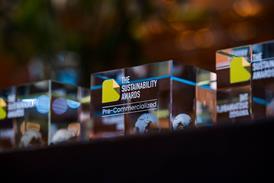
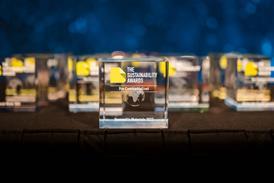
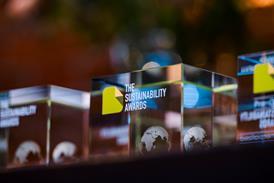
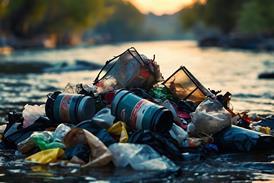
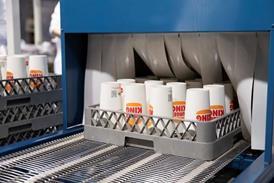










No comments yet